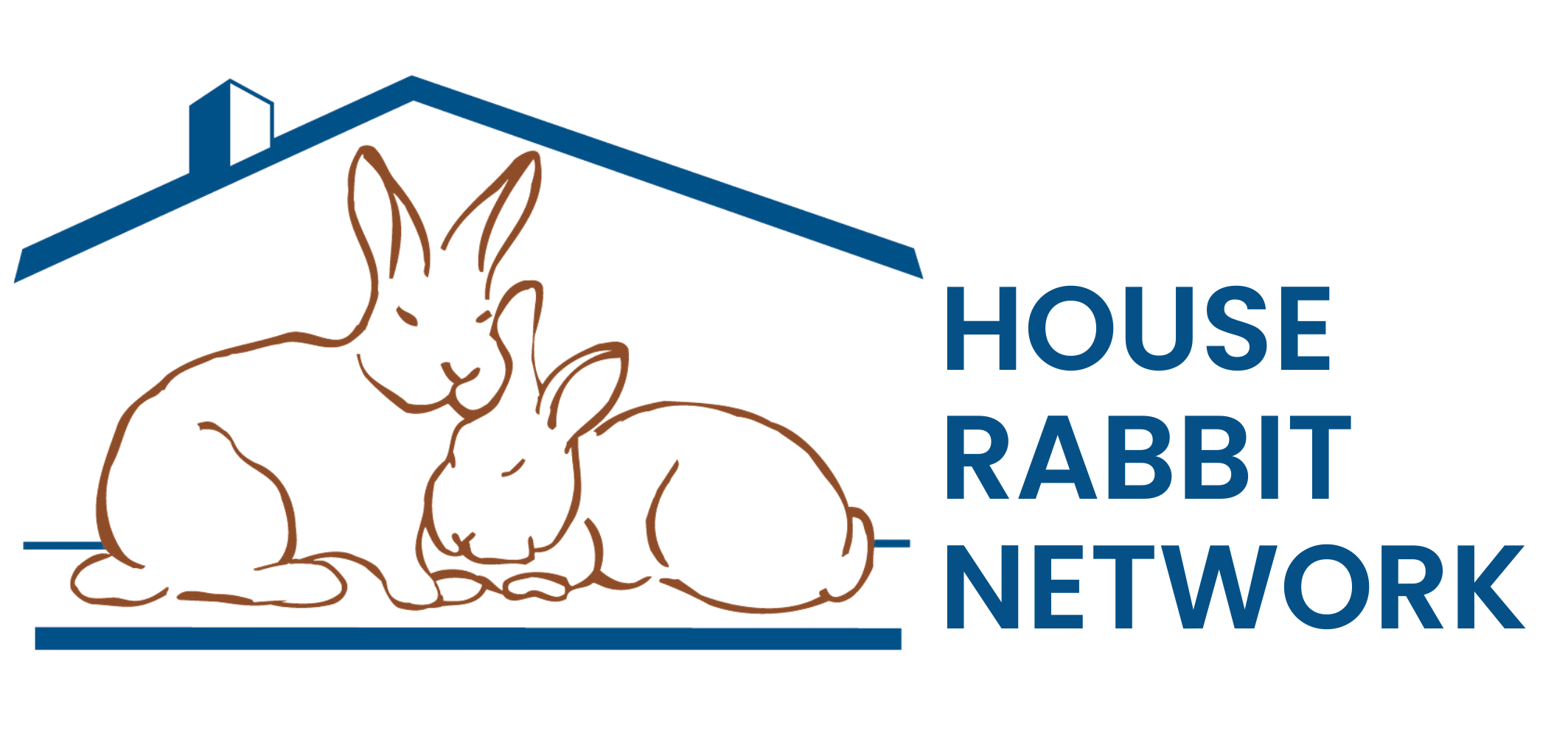Jillian’s Head Tilt
Eleven months ago I thought I lost my purpose for living, until one day in August when I awoke to my little bunny, Jilly, struggling to stand. At first I thought she was having a stroke as she was leaning to the right , her eyes bulging and twitching, along with being completely off balance. I immediately grabbed her put her in her carrier, then we were off to Angell Memorial Hospital.
The resident who was on that day seemed to know a little about bunnies; he did a complete physical and concluded a severe case of “Head Tilt.” He placed her on baytril and said I should see some improvement in 3-5 days. It was a terrifying sight to see her head twisted to the side as she struggled to walk and get around. Several days later she started to tilt so far that she was flipping over in her cage. She had to be placed in a smaller cage with padding on the walls so she would not hurt herself when she flipped. She could not eat anything herself so we began 4-5 times a day syringe feeding strained bananas or carrots (stage 1 or 2 baby food) and water. It was very important that I keep her strength up and fully hydrated, it was the only way she could fight through it. I also began giving her liquid acidophillus to keep her digestive bacteria balanced while she was on antibiotics. It was terrifying to know that after 5 days she was actually getting worse. This time I decided to call a rabbit specialist. Saturday I took her to Dr. Kelly at Burlington Vet Hospital, who examined her and told me that she was fine except for the head tilt. She was strong and very well hydrated so she had a fighting chance. Dr. Kelly prescribed an anti-nausea medicine and a second antibiotic called chloramphenicol in addition to the baytril. She also sent us home with an eye ointment to keep her eyes moist. When several days later Jillian still didn’t show any signs of improvement, rimadyl was added for pain along with two daily injections of Penicillin pro G, one of the bunny safe antibiotics.
Each new day I felt a little less hopeful that Jillian would ever be well again. I would watch her just stand in her cage unable to focus her eyes or move an inch without falling, I was helpless. The vet was not sure she would ever return to normal, but in my heart I would do anything to give her that chance, no matter what it took! One of the main things she needed was a comfortable and secure place to rest. After much trial and error I realized that the simple things are the best; she found peace in the arms of those who loved her. When someone would cradle her in their arms like a baby or place her high on their shoulder, so her head was braced again their neck, she could catch a few winks. When her cage needed cleaning I discovered that she also found comfort tucked along the back cushion of my loveseat. I would surround her with pillows and blankets to protect her from falling off. Jilly needed a lot of comfort and supervision. Her new cage was relocated to my room so I could keep a constant watch on her and be alerted at night if she had any problems. My nerves were constantly on edge, wondering if there was something more I should be doing for her. All I could do now was take it day by day.
The turning point to her recovery began in October. I noticed that she was able to take a few steps without flipping. She still could not go full stride but this slight improvement was finally a sign that the end of this devastating condition was in sight. Jilly’s progress was very slow. Improvements with head tilt are often subtle changes seen over a week or more. After a couple of months she was able to return to her own cage and settle back in with her mate Louis. During her illness Jilly and Louis could only visit each other on a very limited basis. Several weeks following her intital step to recovery I began placing her back on the floor to regain her freedom. Coordination was a major obstacle in the beginning- all she could do was to run in wide circles to the right. Over the next several months her sense of direction returned.
It took Jilly a good 6 months to fully recover. Today she still has a slight tilt to the right (only about 5%), but she is very happy and definitely full of life! Each day I look at her, knowing how she had to suffer, and with a big smile say “you have come a long way baby!” Her fighting spirit kept her strong and love kept her alive!
Head tilt is a devastating condition, but it does not always mean a death sentence. It often hits without any warnings and the recovery process is slow. Caring for a rabbit with head tilt is an emotionally difficult experience, but Jillian’s story shows that it can have a happy ending.
Editor’s Note: Head Tilt is a serious illnss that can be caused by an inner ear infection, e. cuniculi, stroke, cancer, or other events.
by Laurie Conti
